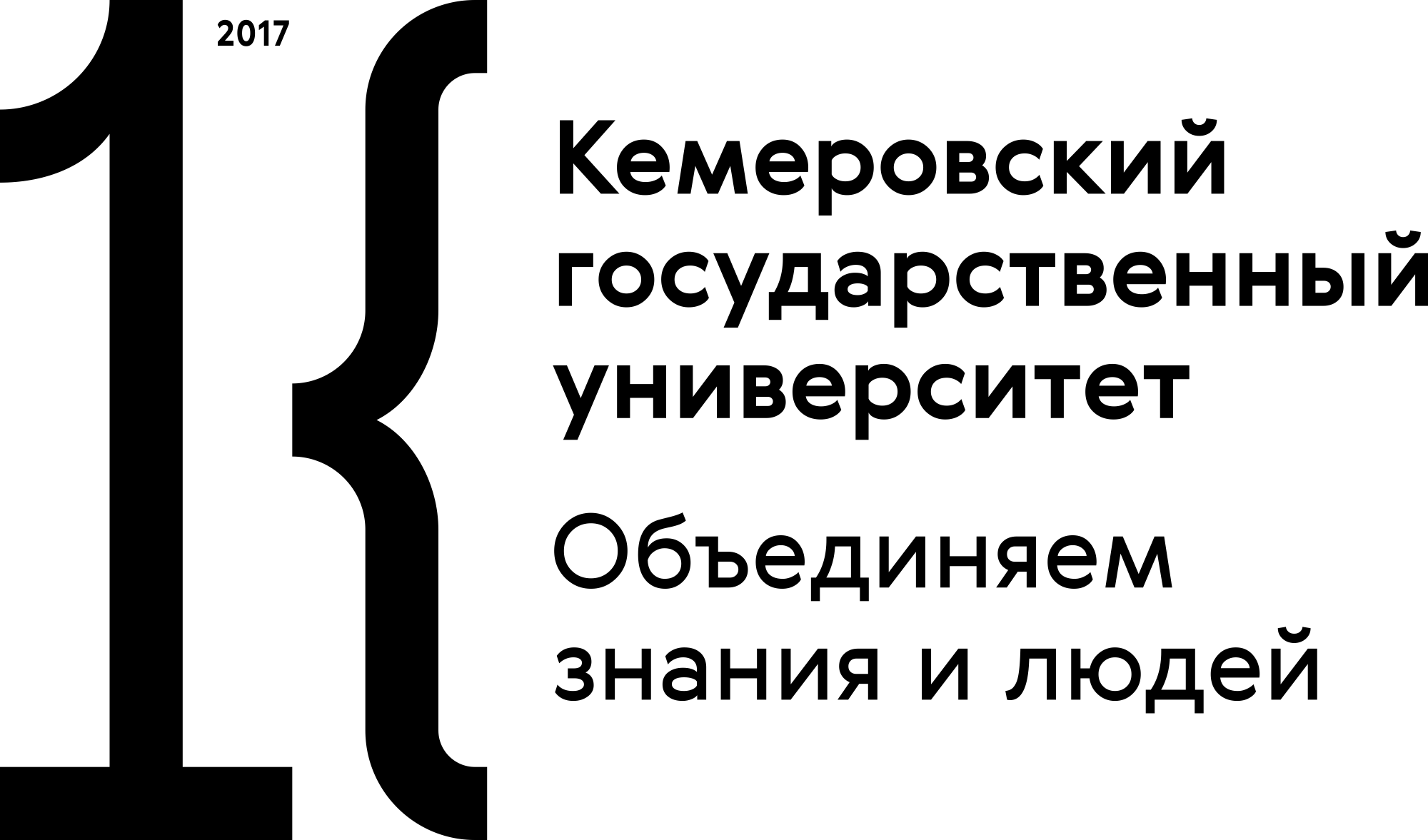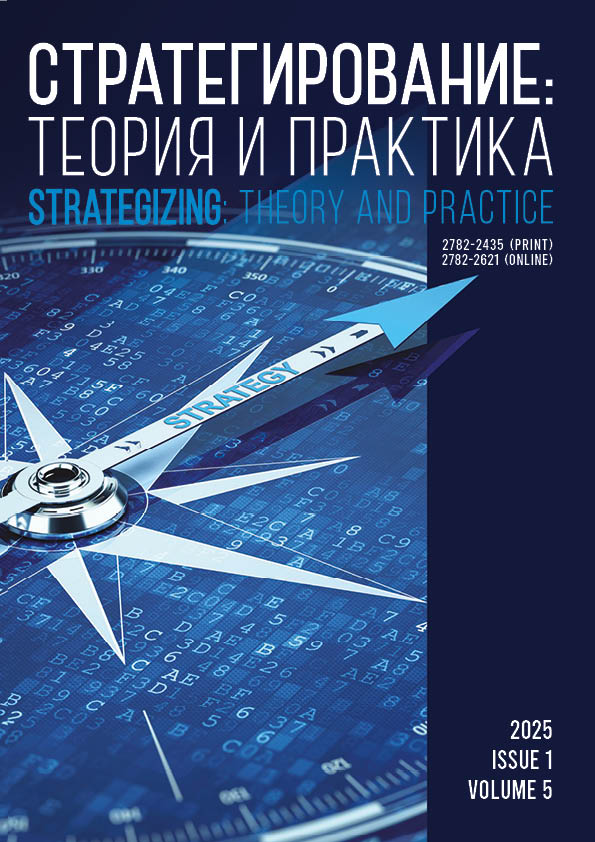Moscow, Moscow, Russian Federation
Strategic branding helps to build a recognizable image and a good business reputation by bringing the key objectives across to the target audience. A recognizable university brand attracts students and faculty while improving the business reputation for the whole industry. The national light manufacturing industry is experiencing a critical talent shortage. By increasing their attractiveness, higher education institutions of light industry and fashion may attract labor resources because their academic reputation depends on that of the industry. The author described the branding of higher education institutions that train specialists for the light industry and fashion enterprises. The research relied on the theory and methodology of strategizing developed by Professor V. L. Kvint. The topic of strategic branding in the light industry and fashion remains understudied. Most related publications registered in elibrary.ru feature digitalization, trend analysis, and historiography. This study focused on the concept and strategic approaches to academic branding. The analysis of Russian higher education institutions yielded a model of developing a university strategic brand that would attract students with good intellectual potential in the sphere of light industry and fashion. Foreign authors describe the strategic branding of higher education organizations as the result of the market economy development. In Russia, the last three decades have seen a considerable development in the strategic branding at the university level. This paper can facilitate further research and branding practice.
strategy, brand, light industry, fashion industry, strategic communication system
1. Aaker DA. Building Strong Brands. Free Press; 2015. 400 p.
2. Bennett R, Ali-Choudhury R. Prospective Students’ Perceptions of University Brands: An Empirical Study. Journal of Marketing for Higher Education. 2019;19(1):85–107.
3. Bolotov V. The past, present, and possible future of the Russian education assessment system. Educational Studies. Moscow. 2018;3:287–297. https://doi.org/10.17323/1814-9545-2018-3-287-297
4. Brennan J, Magness P. Cracks in the Ivory Tower: The Moral Mess of Higher Education (1st ed.). Oxford University Press; 2019. 336 p.
5. Chapleo C. Branding a University: Adding Real Value or ‘Smoke and Mirrors’? // The Marketization of Higher Education and Students as Consumers. Ed. M Molesworth, R Scullion, E Nixon. L., 2020. P. 101–114.
6. Chapleo C. What Defines ‘Successful’ University Brands? International Journal of Public Sector Management. 2020;23(2):169–183.
7. Chechulin AV. Branding in the management system of a modern Russian university. Vocational Education and Labour Market. 2020;4(43):97–104. (In Russ.) https://doi.org/10.24411/2307-4264-2020-10412
8. Cronin AM. Reputational Capital in the ‘PR University’: Public Relations and Market Rationalities. Journal of Cultural Economy. 2016:1–14.
9. Fayustov AV. A university branding campaign at the Ural federal university: Ural federal university’s experience of media collaboration. Izvestia Ural Federal University Journal. Series 1: Issues in Education, Science and Culture. 2019;25(2):5–17. (In Russ.)
10. Fayustov AV. Sozdaniye i razvitiye brenda federalnogo universiteta v usloviyakh mediatizatsii nauki i obrazovaniya: na primere Uralskogo federalnogo universiteta [Creation and development of the federal university brand in the conditions of mediatization of science and education: The Ural Federal University]. Cand. Sci. Philol. diss. Ekaterinburg; 2021. 225 p. (In Russ.)
11. Gabriel D, Tate SA. Inside the Ivory Tower: Narratives of women of colour surviving and thriving in British academia. Trentham Books; 2017. 164 p.
12. Hazelkorn E. How the Geo-Politics of Rankings is Shaping Behaviour. Higher Education in Russia and Beyond. 2015;2(4):6–7.
13. Joseph M, Mullen EW, Spake D. University Branding: Understanding Students’ Choice of an Educational Institution. Journal of Brand Management. 2022;20(1):1–12.
14. Karikova AS. Strategy of formation of the brand of university in modern educational space. Strategic Decisions and Risk Management. 2020;11(4):420–429. https://doi.org/10.17747/2618-947X-2020-4-420-429
15. Katkalo VS. Vysshaya shkola menedzhmenta SPbGU: predystoriya. kontseptsiya. etapy razvitiya [Graduate School of Management SPbSU: prehistory, concept, stages of development]. Vestnik of Saint Petersburg University. Management. 2017;8(3):11. (In Russ.)
16. Khvorostyanaya A. S. Strategic priorities for the development of national technology transfer. Formation of intellectual property ecosystem: Proceedings of the XXV International Conference of Rospatent, Moscow, September 29–30, 2021. Moscow: Federal Institute of Industrial Property; 2021. P. 136–139. (In Russ.)
17. Khvorostyanaya A. S. Strategy of formation of the institute of technological brokerage. Perspective integration processes in the world economy: A new approach: Proceedings of the IX St. Petersburg International Economic Congress (SPEC-2024), St. Petersburg, April 04–05, 2024. – Moscow: SV Witte Institute for New Industrial Development; 2024. P. 161–167. (In Russ.)
18. Khvorostyanaya AS. Transforming the Strategic Communications System in the Light Industry and Fashion. Strategizing: Theory and Practice. 2024;4(1):85–95. (In Russ.) https://doi.org/10.21603/2782-2435-2024-4-1-85-95
19. Kirillova VV. Creating a sustainable university brand as a new university development strategy. Professionally-Oriented Language Teaching: Reality and Prospects: Articles and Materials of the Annual All-Russian Scientific-Practical Conference with International Participation “Professionally-Oriented Language Teaching: Reality and Prospects” (St. Petersburg, February 18–19, 2020). St. Petersburg; 2020. P. 124–129). (In Russ.)
20. Kravchenko AV, Generalova AV. Sovremennyye problemy razvitiya otechestvennoy legkoy promyshlennosti [Modern problems of development of the domestic light industry]. Concept. 2016;15:801–805. URL: http://e-koncept.ru/2016/96073.htm
21. Kvint VL, Okrepilov VV. The role of quality in the birth and development of global emerging market. Economics and Management. 2011;67(5):3–21. (In Russ.)
22. Kvint VL, Sasaev NI, Khvorostyanaya AS. Strategizing Russian bottled water industry: trends, priorities and principles. Economic Revival of Russia. 2021;68(2):20–33. (In Russ.) https://doi.org/10.37930/1990-9780-2021-2-68-20-3
23. Kvint VL. Global emerging market: Strategic management and economics. Moscow: Biznes Atlas; 2012. 626 p. (In Russ.)
24. Kvint VL. Theory and practice of strategizing. Tashkent: Tasvir; 2018. 160 p. (In Russ.)
25. Kotler Ph. Marketing Essentials. Prentice-Hall; 1984. 556 p.
26. Mitrofanova TY, Knysh VA. The choice of competition strategy of a university based of the analysis of indices of brand capital. Problems of Modern Economics. 2022;3(35):398–401. (In Russ.)
27. Novikova IV. Competitive advantages of labor resources as a condition for realizing the strategic capabilities of the industry. Problems and prospects of industrial development in Russia: proceedings of the IX International Scientific and Practical Conference; 2021. P. 276–279. (In Russ.)
28. Selyukov MV, Shalygina NP. Brand-technologies in the system of management of higher education institution. Modern problems of science and education. 2022;5:260. (In Russ.)
29. Stack M. Global University Rankings and the Mediatization of Higher Education. N. Y.; 2016. 149 p.
30. Stensaker B, Frølich N, Aamondt PO. Policy, Perceptions, and Practice: A Study of Educational Leadership and Their Balancing of Expectations and Interests at Micro-level. Higher Education Policy. 2018;33(12):132–153.
31. Stensaker B. Trance, Transparency and Transformation; The Impact of External Quality Monitoring in Higher Education. Quality in Higher Education. 2023;9(2):151–159.
32. Strategizing: Theory and Practice: Collection of Selected Research Articles and Proceedings of the Sixth International Research-to-practice Conference (03.19.2023–03.21.2023). Vol. XI. Book II. Kuzbass Region Strategic Universitarium. Ed. VL Kvint. Kemerovo: Kemerovo State University; 2023. 534 p. (In Russ.) https://doi.org/10.21603/978-5-8353-3016-4
33. Vartanova EL. The current understanding of media and journalism. Mediascope. 2010;1:8. (In Russ.)
34. Veselkova NV, Mokerova YV. Higher education: the choice of the university or the city? Vestnik sotsialno-gumanitarnogo obrazovaniya i nauki [Bulletin of Social and Humanitarian Education and Science]. 2015;3:41–46. (In Russ.)
35. VL Kvint, IV Novikova, MK Alimuradov, AI Arshinova [et al.]. Economic and financial strategy; ed. VL Kvint. Moscow: Publishing House of the Moscow University; 2024. 247 p. (In Russ.)





